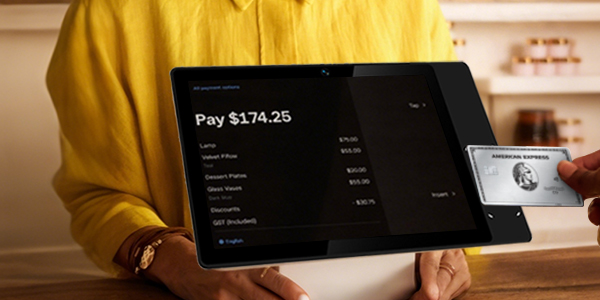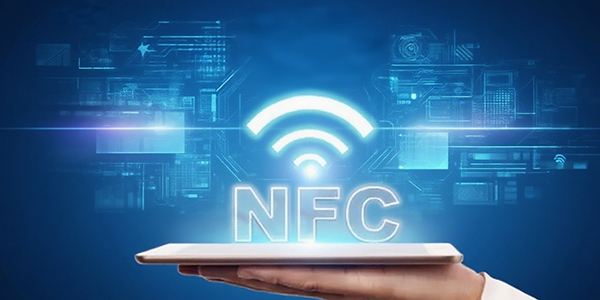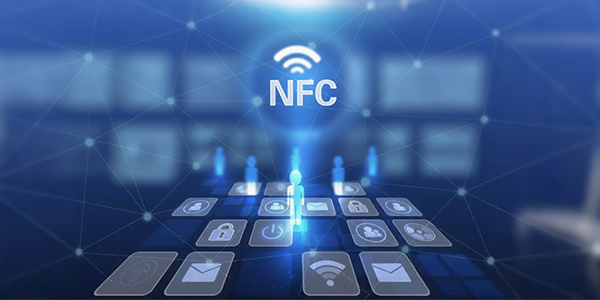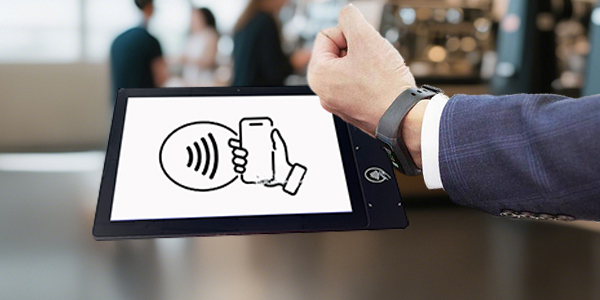In an era where digital transactions dominate, Near Field Communication (NFC) has emerged as a silent revolution in banking and financial software. This short-range wireless technology, enabling seamless data exchange between devices within centimeters, is reshaping how we pay, manage finances, and interact with financial services. From contactless payments to innovative security solutions, NFC is bridging the gap between physical and digital worlds, driving efficiency, convenience, and security in the financial sector.
The Rise of NFC: From Niche Technology to Mainstream Innovation
NFC technology, first standardized in 2004, gained traction with the rise of smartphones. Initially used for simple tasks like pairing Bluetooth devices, its potential in finance became evident with the launch of mobile wallets. Today, it’s embedded in everything from credit cards to wearables, transforming mundane transactions into effortless experiences.
Core Mechanisms of NFC
- Proximity Activation: Transactions occur when two NFC-enabled devices (e.g., a phone and a POS terminal) are within 4 cm, ensuring accidental data transfer is virtually impossible.
- Dual-Mode Functionality: Devices can act as either a card emulation (e.g., a mobile wallet mimicking a credit card) or a reader/writer (scanning NFC tags for data).
- Security Layers: Encryption, tokenization, and biometric authentication protect sensitive data, making NFC one of the safest contactless technologies.

Transforming Payments: The Contactless Revolution
1. The Era of Tap-and-Go Payments
NFC has revolutionized point-of-sale (POS) transactions. Instead of swiping or inserting cards, users simply tap their NFC-enabled device—whether a smartphone, smartwatch, or contactless card—on a terminal.
- Global Adoption: In 2023, 95% of contactless payments worldwide relied on NFC, with the market projected to exceed $6.25 trillion by 2024 (ABI Research).
- Consumer Impact: Banks like Chase and Barclays report that NFC-enabled cards reduce transaction times by 30%, improving checkout efficiency and customer satisfaction.
2. Mobile Wallets: Redefining Financial Portability
Mobile wallets such as Apple Pay, Google Pay, and Samsung Pay leverage NFC to store multiple payment methods digitally. Users can link credit/debit cards, loyalty programs, and even transit passes, all accessible with a tap.
- User Base: Over 1.5 billion people globally use mobile wallets, with adoption surging in markets like China (Alipay/WeChat Pay) and India (UPI).
- Innovation Beyond Payments: Some banks now offer NFC-enabled digital ID solutions, allowing users to verify identities at ATMs or government offices without physical documents.

Enhancing Security and Compliance
Security is paramount in finance, and NFC delivers through advanced protocols:
1. Tokenization and Encryption
Instead of transmitting actual card numbers, NFC uses tokenization—replacing sensitive data with unique tokens. This reduces the risk of data breaches, with global card fraud rates dropping to 0.02% for NFC transactions (CoinLaw).
EMV and PCI Compliance
The EMV Contactless Standard ensures interoperability across devices, while PCI DSS regulations mandate strict security for NFC data handling. Together, these standards have cut counterfeit card fraud by 76% in EMV-compliant regions (Xorlogics).
3. Biometric Authentication
Combined with fingerprint or facial recognition, NFC creates a two-factor authentication layer. Over 34% of NFC users in 2023 rely on biometrics, boosting trust in mobile payments.
Expanding Beyond Payments: NFC in Financial Services
1. Loyalty and Rewards Reinvented
Retailers and banks use NFC to streamline loyalty programs. For example:
- A customer taps their phone at a coffee shop to earn points automatically, eliminating the need for physical cards.
- Citibank’s NFC-enabled credit cards trigger instant discounts when tapped at partner stores, enhancing customer engagement.
2. Supply Chain and Blockchain Integration
NFC tags embedded in products link to blockchain ledgers, enabling end-to-end transparency:
- Luxury brands like Louis Vuitton use NFC to authenticate products, reducing counterfeit risks.
- In supply chain finance, NFC-powered IoT sensors track goods in real time, improving inventory management and trade financing accuracy.
3. Financial Inclusion in Emerging Markets
In regions with limited banking infrastructure, NFC bridges the gap:
- Kenya’s M-Pesa uses NFC-enabled feature phones to process mobile payments, reaching 40% of the country’s adult population.
- Governments in Southeast Asia deploy NFC-based digital wallets to disburse social benefits directly to citizens’ devices.
Market Growth and Regional Trends
The global NFC market, valued at 343.7 billion by 2034 (Grand View Research). Regional dynamics highlight its versatility:
- Europe: Leads in contactless adoption, with 85% of retail transactions now NFC-enabled (Fintech Finance).
- North America: Driven by Apple Pay (43% market share), 89% of smartphone users here have embraced NFC payments.
- Asia-Pacific: China and India lead in mobile wallet innovation, processing over $18 trillion annually through NFC-integrated platforms like Alipay.
Challenges and the Path Forward
While NFC’s benefits are clear, challenges remain:
1. Infrastructure Gaps
Small businesses in developing markets often lack NFC-enabled POS terminals. Partnerships between banks, fintechs, and governments—such as India’s UPI initiative—are subsidizing terminal costs to drive adoption.
2. Device Compatibility
Older smartphones or budget devices may lack NFC hardware. However, as 3.9 billion NFC-enabled devices are expected globally by 2024 (ABI Research), this barrier is diminishing.
3. User Education
Misconceptions about “tap-and-pay” security persist. Banks are addressing this through campaigns highlighting tokenization and zero-liability policies, reducing consumer skepticism by 25% since 2023 (iCheckGateway).
Future Trends: NFC’s Next Frontier
1. Hyper-Personalized Financial Experiences
NFC tags in product packaging could offer tailored financial services:
- A grocery shopper taps a cereal box to unlock a discount coupon linked to their bank account.
- Insurance companies use NFC to provide instant quotes when users tap smart home devices.
- 5G + NFC: Low-latency 5G networks will enhance real-time data processing for NFC-enabled IoT devices, such as smart meters for utility payments.
- AI-Driven Fraud Detection: Machine learning algorithms analyzing NFC transaction patterns will further reduce fraud, as seen in Visa’s upcoming AI-powered NFC platforms.
2. Integration with Emerging Technologies
3. Sustainability and Smart Cities
NFC is moving beyond finance into eco-friendly solutions:
- Cities like Singapore use NFC-enabled transit cards that double as carbon footprint trackers, rewarding sustainable commuting.
- Banks are launching “green wallets” that display users’ environmental impact alongside transaction histories.
Conclusion: The NFC-Driven Financial Future
NFC technology has evolved from a payment enabler to a catalyst for financial innovation. Its ability to blend security, convenience, and versatility makes it indispensable in banking, retail, and beyond. As 5G, AI, and blockchain continue to advance, NFC will serve as a foundational layer for the digital economy—enabling seamless, secure, and inclusive financial experiences for all.
The future of banking isn’t just digital; it’s contactless, intuitive, and at your fingertips. Whether you’re tapping to pay, authenticate, or innovate, NFC is proving that the smallest technologies can drive the biggest changes.
Ready to embrace the NFC revolution?
Post time: Jun-23-2025





